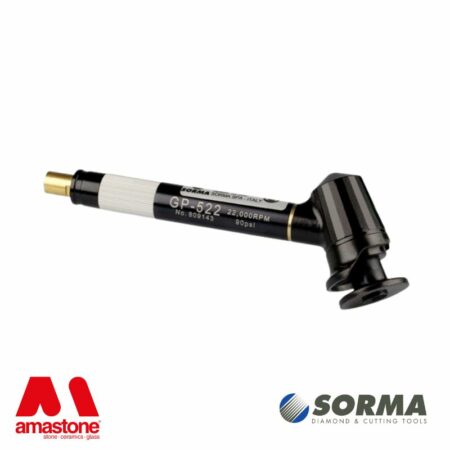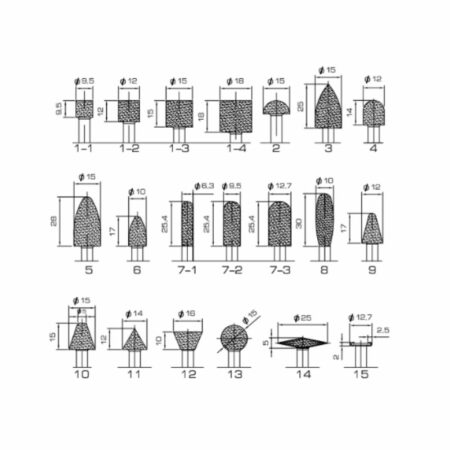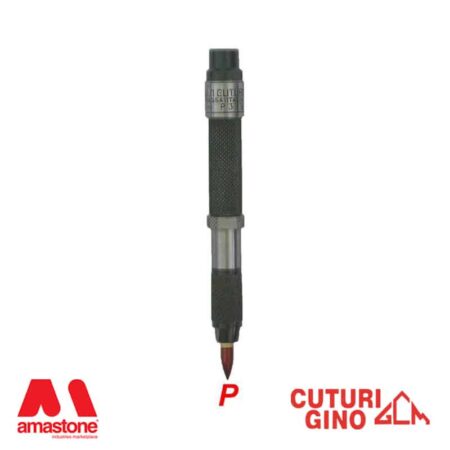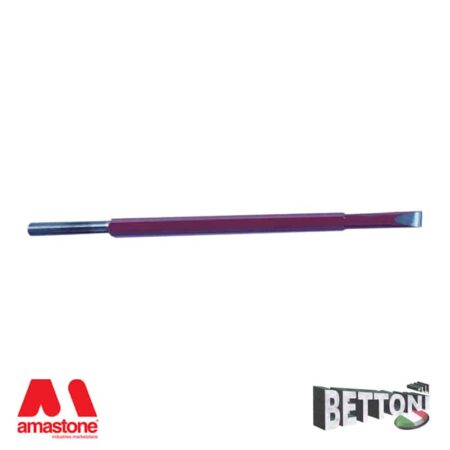At amastone we’re always looking for interesting posts and videos about stoneworking to help improve our knowledge and share it with our customers. If you’ve seen something you think we’d like, please get in touch by leaving a reply at the bottom of this article.
In this informative video, famous stone carver Peter Rockwell explains the history and uses of stone carving tools used in hand working stone.
There are 2 distinct classifications of stone carving tools:
- Percussion tools: hammers, chisels and mallets
- Abrasive tools: rasps, scrapers, stone abrasives and to a certain extent drills
Stone carvers use the following tools and processes to work a piece of stone:
1. Point chisel – removes large amounts of unwanted stone
2. Tooth chisel – half way between a point and a flat chisel
3. Flat chisel – for smoothing out surfaces and depending on what you’re working on you may need a round-headed chisel too
4. Preliminary abrasive tools such as a rasp or file
5. Finish off with stone abrasives
Hammers
Different countries tend to use different types of hammers.
In Italy a metal hammer is typically made with untempered iron, which is soft. Whereas, an American granite carving hammer is made of tempered steel that gives it a sharper blow. These different characteristics are useful to know depending on the hardness and type of stone you’re working. Also in America they have a tradition of using round metal hammers. In England and France they are known for using wooden mallets.
Axes have been mostly used as quarrying picks for cutting out the raw stone block but there are axes that were used in Italy for carving too.
Bush-hammers are generally not used on marble but on stones that are not going to be polished and it’s often used to finish the surface.
If you look closely at the surface of a piece of stone worked by a hammer and chisel or ax, you will be able to see which tools were used. This is because the ax tool marks are made by striking the stone vertically, whereas the hammer and chisel tools tend to be worked along the stone horizontally.
Chisels
Perhaps the oldest type of chisel is the point chisel. It is used as a roughing out tool to take off 90% of the stone when carving marble.
Stone carving is a little bit like peeling an onion. You’re taking off layer after layer after layer but you first go through several layers with the point chisel and then move on to the other chisels to peel back with greater care.
The point chisel used for working marble has a sharp tip and is used at an angle, whereas a granite point chisel is blunt and is used vertically to the stone. For softer limestones there is a point chisel called a punch and it’s only for carving soft stone.
A flat chisel is used after the point chisel for smoothing out the surface. The flat chisel exists in many different widths and also as a round-headed chisel.
The tooth chisel was developed more recently than the point chisel and the flat chisel and was first used in Mediterranean sculpture. The tooth chisel comes in many different widths, from two teeth or more.
The channeling tool is thinner on the sides and is a particular type of flat chisel that is used for carving channels into the stone.
Abrasives
After percussion carving – using hammer and chisels – it’s time to start working the surface with abrasives:
1. Rasps are used for smoothing. They come in many different shapes
and leave a very slight scratch to the surface.
2. Scrapers come in different forms and are used for scraping out slightly rounded surfaces.
3. After that, we move on to abrasives: first rough and then fine abrasives. And at the end, we can use pumice that gives us a matte finish on marble or limestone. This brings the color out in marble.
Air Hammer
Developed in the early part of the 20th Century, it is a modern percussion tool that uses compressed air to drive the hammer. The advantage of using an air hammer is that it strikes the surface of the stone with a soft touch and more frequently than if you use a hand hammer and chisel, therefore making it faster and more accurate.

 Diamond Blades
Diamond Blades Angle Grinder Tools
Angle Grinder Tools Polishing Machine Tools for Stone, Marble and Granite
Polishing Machine Tools for Stone, Marble and Granite Texture tooling
Texture tooling Adhesives and glue
Adhesives and glue Ceramic, Granite and Marble Drill Bits
Ceramic, Granite and Marble Drill Bits Sculpture – Stone carving tools
Sculpture – Stone carving tools Diamond Wires for Granite and Marble Quarries
Diamond Wires for Granite and Marble Quarries Cemetery and Graveyard Accessories
Cemetery and Graveyard Accessories CNC Vacuum Pods
CNC Vacuum Pods CNC Tool Holders
CNC Tool Holders CNC Tool Forks
CNC Tool Forks Positioning Alignment Lasers
Positioning Alignment Lasers Material Handling
Material Handling Machinery
Machinery Spare parts
Spare parts Electrical Spare Parts
Electrical Spare Parts Personal Protective Equipment
Personal Protective Equipment















nice and scolarly